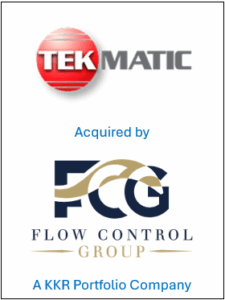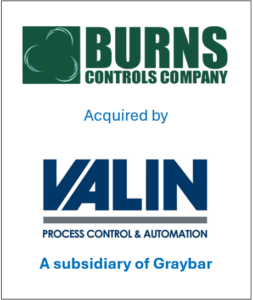Important Soft Skills That Every M&A Advisor Should Have
When business owners evaluate sell-side M&A advisors, most focus on hard skills: financial acumen, deal execution experience, valuation expertise, and a strong buyer network. Those matter. But here’s the truth—hard skills only get you so far. The best advisors also bring soft skills. These interpersonal and leadership traits often determine whether a transaction closes smoothly and maximizes value—or unravels under pressure.
Here are 10 important soft skills that every M&A advisor should bring to the table:
1. Emotional Intelligence. Business owners only sell once. It’s personal, and emotions run high. A skilled advisor can read the room, understand what’s not being said, and respond appropriately. Emotional intelligence helps navigate sensitive family dynamics, founder pride, and the stress of letting go.
2. Communication. Deals die in silence or confusion. Great advisors explain complex concepts in plain English, keep stakeholders informed, and maintain transparency. They know when to pick up the phone instead of sending another email.
3. Active Listening. Some advisors talk more than they listen. The best ones ask smart questions, shut up, and really hear the owners goals, fears, and non-negotiables. They also recognize unspoken buying signals.
4. Negotiation. Negotiation isn’t just about being tough. It’s about balancing firmness with diplomacy. Top advisors push hard on terms that matter and know where to step back.
5. Adaptability. Every deal throws curveballs, and no two deals are the same. Buyers change their approach, markets shift, diligence uncovers surprises. Advisors who can adapt quickly and recalibrate strategy keep deals alive.
6. Problem-Solving. Every deal has sticking points—tax structures, earnouts, environmental issues, you name it. Advisors who thrive under pressure and find creative solutions move deals toward the finish line.
7. Persistent Patience. M&A deals are marathons, not sprints. Buyers and sellers get fatigued, buyers drag their feet, lawyers bicker. Advisors who remain calm and patient but also persistent help everyone push through the rough spots.
8. Conflict Resolution. Deals create friction. Whether it’s between buyer and seller, or among shareholders, an advisor often plays mediator. The ability to de-escalate tensions and find common ground is invaluable.
9. Discretion. Owners need to be able to trust their advisor to behave in such a way as to avoid causing offense, and of course to maintain confidentiality throughout the process.
10. Resilience. Not every deal makes it to closing. Advisors who bounce back, stay positive, and keep moving forward are the ones who ultimately deliver success.
This isn’t a top 10 list, and of course, it isn’t exhaustive. Additional soft skills like having a keen sense of timing, being able to set and manage expectations, keeping ego in check, and building authentic relationships are also critical to success.
Summary
When you sell your company, don’t underestimate the power of soft skills. It’s the soft skills that turn good M&A advisors into great ones. If you’re exploring a sale or ownership transfer, you can reach Exit Strategies Group founder and President Al Statz at alstatz@exitstrategiesgroup.com.










